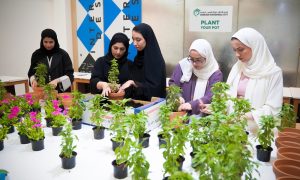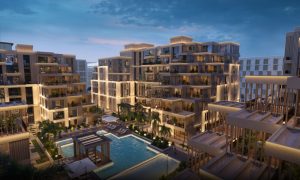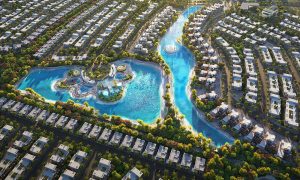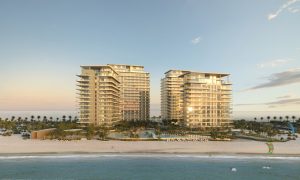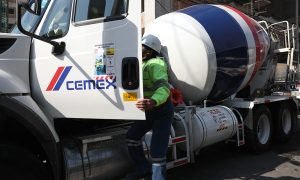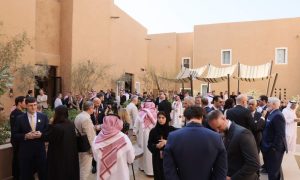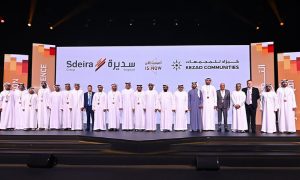The ‘internet of everything’ leads to smart thinking
‘Smart’ is a term that has taken over the technology industry and has particularly become a hot topic for property and building developers, but how many of us actually understand what it means? In reality, smart really means ‘connected’, allowing devices like our phones and televisions to connect with our vehicles, homes and even the communities and cities in which we live and work. Smart buildings allow tenant, occupant and guest experiences to be personalised for internet connectivity, temperature, lighting, music, shopping, news, access to social media and more.
With devices becoming better connected, we are developing an Internet of Things that will link everything from our coffee machine and refrigerator to the lock on our front door to a wider network of integrated devices. The Internet of Things in itself is not inherently smart; it requires some very innovative and forward-thinking hardware and software development. Our Samsung and Apple smart phones are good phones that transform into an extension of our environment when we start integrating them with applications and other devices.
This is great for consumers, but only the tip of the iceberg when we start looking at smart buildings and smart cities. Advancing technology in heating and cooling systems, lighting and security mean significant improvements to sustainability initiatives for buildings and cities. Coupled with renewable energy sources such as wind and solar, buildings will have the ability to efficiently use resources where and when they are needed in a manner that suits the building users. A decrease in air conditioning consumption by a fraction of a percent each day results in massive savings over the life cycle of a building
And that’s key. Smart systems within buildings aren’t just a luxury addition to keep occupants happy – sustainability is a major driver behind smart buildings.
Further development of analytical software and cloud computing will allow smart technology in buildings to associate individuals with building assets such as elevators, thermostats, dimmable light switches, window shades and security systems. The smart system will learn what people like and don’t like and automatically cater to their needs, for seamless integration between our vehicles, public transportation, homes, offices, leisure destinations and urban environment. Systems will work in the background to increase sustainability and reduce operating cost.
Sustainable designs are efficient, and efficiency translates into lower operating costs. While the initial investment in sustainable or smart technologies is currently high, manufacturers will find it risky to promote legacy ‘dumb’ systems, and will begin incorporating smart solutions into their products. And as the cost of sustainable solutions decreases, smart buildings will emerge as the standard. It’s very likely that the buzzword ‘smart’ will disappear. Just as we rarely refer to our mobile phones as smart phones, the Internet of Things will simply become normal.
Regionally, we are in a position to be at the forefront of smart tall building innovation and development. While cities such as London and New York are driving smart buildings and cities, the GCC has some of the most exciting tall building projects anywhere in the world. Of course, with any innovation comes risk, but the leaders behind cities such as Dubai and Doha are not easily swayed when the benefits are so significant.
David Kimmerly is head of Specialist Services at WSP | Parsons Brinckerhoff in the Middle East. David can be reached at David.Kimmerly@wspgroup.ae for further questions.



